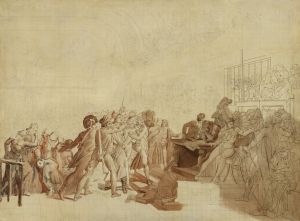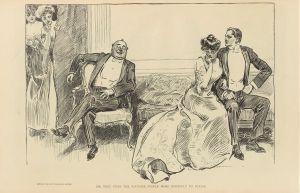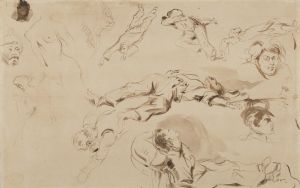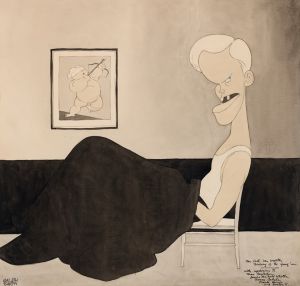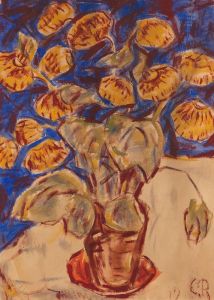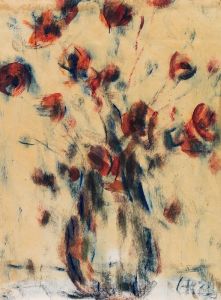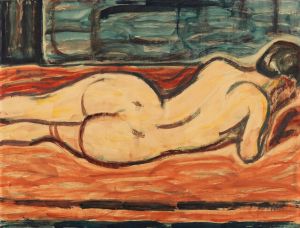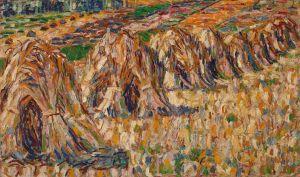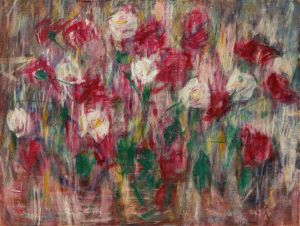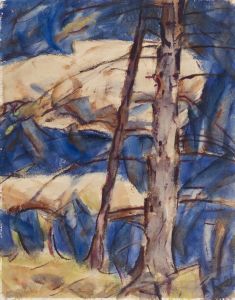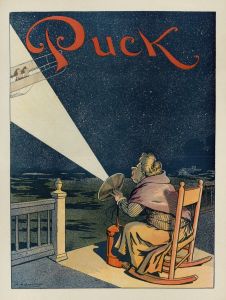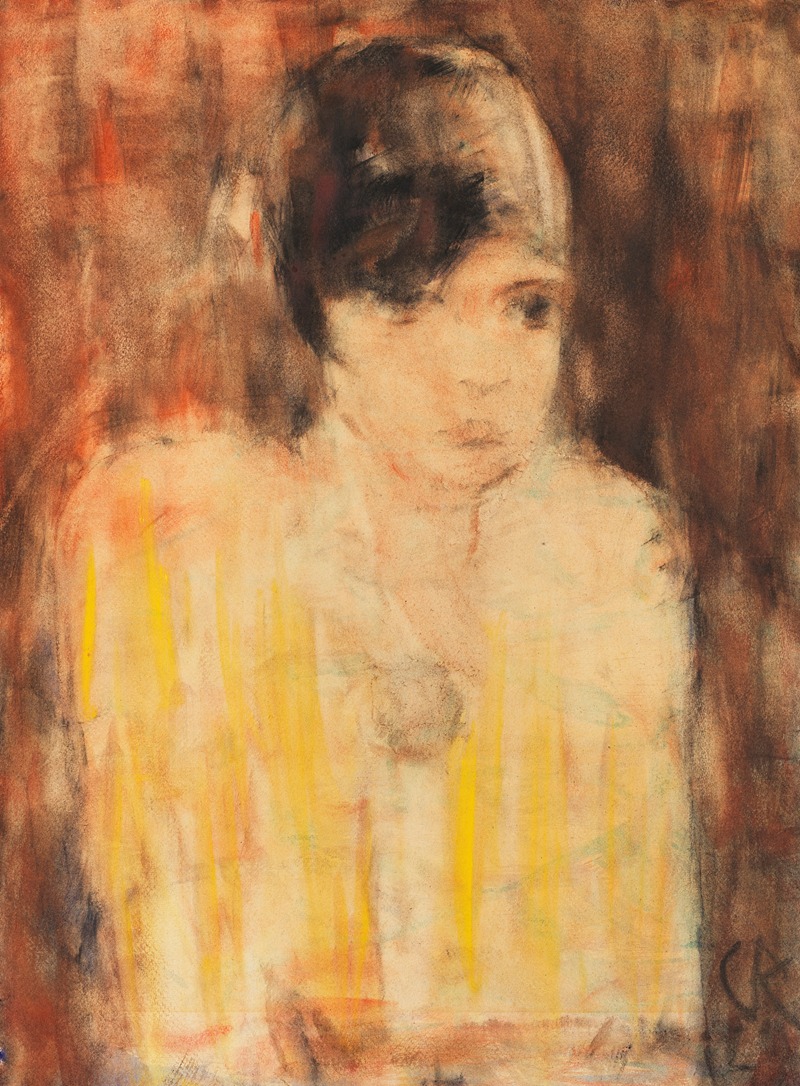
Kecke junge Dame
A hand-painted replica of Christian Rohlfs’s masterpiece Kecke junge Dame, meticulously crafted by professional artists to capture the true essence of the original. Each piece is created with museum-quality canvas and rare mineral pigments, carefully painted by experienced artists with delicate brushstrokes and rich, layered colors to perfectly recreate the texture of the original artwork. Unlike machine-printed reproductions, this hand-painted version brings the painting to life, infused with the artist’s emotions and skill in every stroke. Whether for personal collection or home decoration, it instantly elevates the artistic atmosphere of any space.
Christian Rohlfs was a German painter known for his expressionist works, and he played a significant role in the development of modern art in Germany. Born on December 22, 1849, in Groß Niendorf, Rohlfs initially studied at the Grand Ducal Saxon Art School in Weimar. His early work was influenced by Impressionism and Post-Impressionism, but he later became associated with the Expressionist movement, which is characterized by its focus on representing emotional experiences rather than physical reality.
"Kecke junge Dame" is one of Rohlfs' paintings, although specific details about this particular work are limited. Rohlfs' oeuvre generally includes landscapes, portraits, and still lifes, often marked by bold colors and dynamic brushwork. His style evolved significantly over his lifetime, moving from more traditional approaches to a more abstract and expressive form.
Rohlfs' work was influenced by his exposure to various art movements and his interactions with other artists. In the early 20th century, he became associated with the Brücke group, a collective of German expressionist artists. This connection further encouraged his shift towards expressionism, characterized by vivid colors and emotive content. His paintings often convey a sense of movement and emotion, achieved through his use of color and form.
Throughout his career, Rohlfs faced several challenges, including health issues and political turmoil. Despite these obstacles, he continued to produce art and gained recognition for his contributions to modern art. His work was exhibited in numerous galleries and exhibitions, and he became a respected figure in the art community.
Rohlfs' legacy is significant in the context of German expressionism. His work is housed in various museums and collections, reflecting his impact on the art world. The Christian Rohlfs Archive, located at the Osthaus Museum in Hagen, Germany, is dedicated to preserving and studying his work. This archive serves as a resource for scholars and art enthusiasts interested in Rohlfs' contributions to modern art.
While specific information about "Kecke junge Dame" is scarce, it is likely that the painting embodies the characteristics typical of Rohlfs' expressionist period. His works from this time often explore themes of human emotion and the natural world, rendered through a distinctive use of color and form. Rohlfs' ability to convey complex emotions through his art has earned him a lasting place in the history of modern art.
In summary, Christian Rohlfs was a pivotal figure in the expressionist movement, and his work continues to be celebrated for its emotional depth and innovative use of color. Although detailed information about "Kecke junge Dame" is limited, it is representative of Rohlfs' broader artistic achievements and his influence on the development of modern art in Germany.





